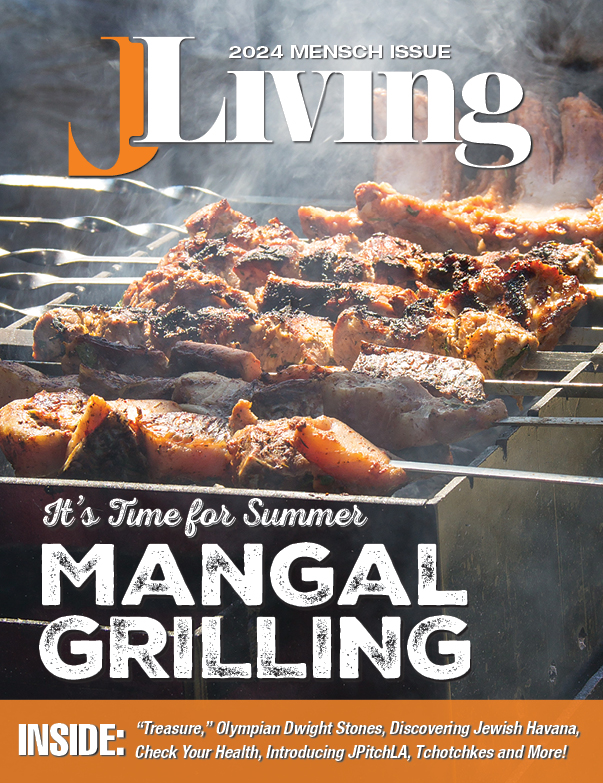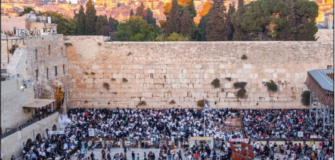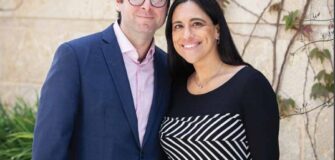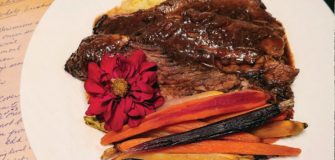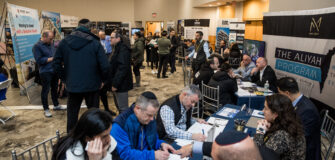The Jewish Community of Havana

March 20, 2024 — I brought a package of Pepto Bismol, powdered milk and corticosteroid cream in my carry-on from Miami to Havana. The other members of our group of young Jewish adults brought pain relievers, laxatives, cough medicines, vitamins, antihistamines, toilet paper and our. No, it’s not because we’re all hypochondriacs or needy travelers, it’s because we were donating to the pharmacy of Comunidad Hebrea de Cuba.
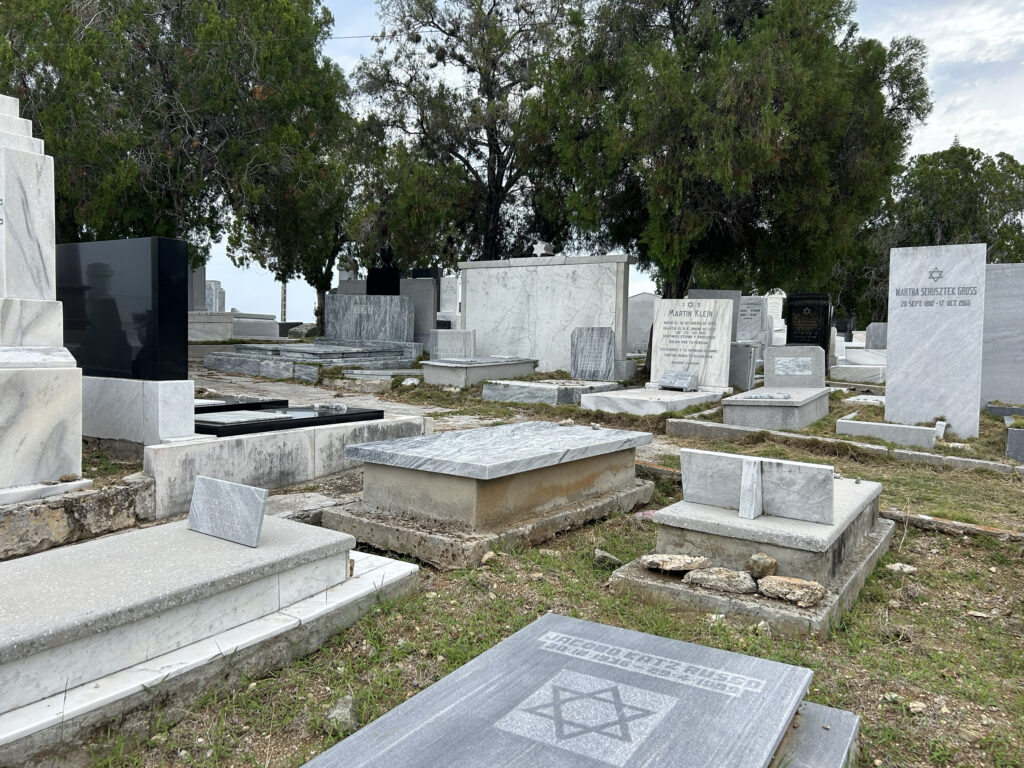

United Hebrew Congregation Cemetery (Centro Macabeo Cemetery). Photos by Casey J. Adler
While their pharmacy is available to anyone — Jews and non-Jews alike — the more than 700 community members were grateful for the supplies, and we were humbled in providing them.
The first thing I learned upon signing up for this trip was that Americans can’t just go to Cuba for pleasure. Well, I should say, that’s not entirely true; you can, but you must have a specific reason declared on your visa due to the embargo America instituted 60 years ago. Accepted categories for travel include journalism and charitable activities, among others. So, when an opportunity arose for me to join JDC — the Jewish humanitarian organization whose mission is to support Jews around the world — on a trip to support and learn about the Cuban Jewish community, I signed up immediately.
When we touched down in Havana, we boarded a bus and drove to a paladar for lunch. A paladar is a privately owned restaurant, usually inside someone’s home. As we ventured through this historic and colorful city, we couldn’t help but notice that other than a few revitalized tourist destinations, many buildings were run down.
I learned that the pension for elderly citizens is $5 a month, while the governmental income for each working citizen hovers around $12. There are also many buskers performing on the street. I jammed with one of them, an impromptu song on the claves, a percussion instrument consisting of a pair of short, wooden sticks that I purchased earlier in the day.
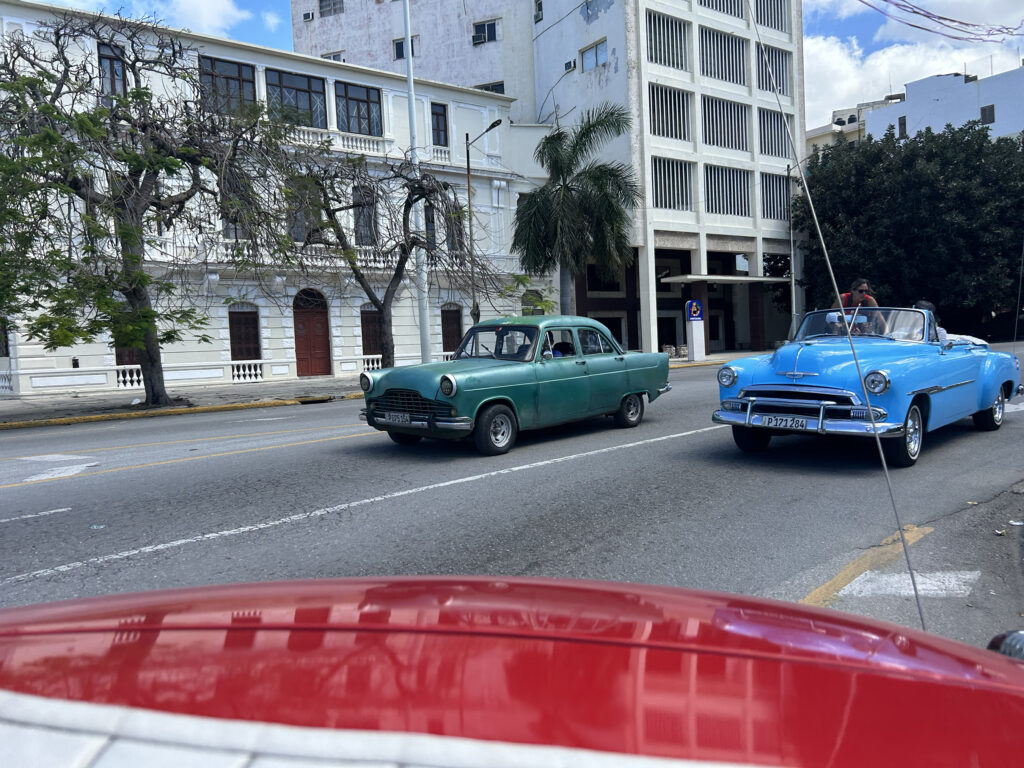
From the busker to our tour guide, the people we met were warmhearted and welcoming. And even though the Jewish community also grapples with intense economic challenges, they were just as welcoming and joyful. One interesting aspect that may shock Jewish American readers is that every representative of Comunidad Hebrea was adamant that there is no antisemitism in Cuba. This was indeed eye-opening to Jewish Americans who may have grown up with armed guards standing at entrances to their synagogues.
All religions were officially banned under the authorities for the three decades post-revolution, which is one of the reasons that led to Jewish fight. Once the restriction was lifted in the early 1990s, the remaining Jews reached out to JDC for help to rebuild their community. JDC jumped into action, as it has in many instances since its founding in 1914. The organization provided, among many other necessities for Jewish observance, kosher chicken dinners on Shabbat.
During the week of our trip, there were rolling blackouts across the country. One such blackout occurred while we were stuck in a basement conference room of the Patronato (the name of their synagogue) as a warm, tropical downpour battered the mid-century infrastructure. After sourcing flashlights, synagogue staff told us an amusing tale about Fidel Castro. One of their senior Jewish leaders, Adela Dworin, met Castro at an event in the ’90s, and like any Jewish mother who hasn’t seen her son in a long while, she asked, “Why have you never visited the Jewish community?”
“Because you’ve never invited me,” Castro replied.
“Come to our Hanukkah party,” she said.
“What’s Hanukkah?” Fidel asked.
Without skipping a beat, she said, “It is the revolution of the Jews.” His eyes lit up, and he quickly ended up at the Patronato for Havana’s 1998 Festival of Lights!

On Shabbat, community members cooked a hearty Shabbat chicken dinner and invited us all to their Purim party. They do not have a chief rabbi any longer, so their services were led by an elder spokesman and a charismatic 23-year-old college student. The younger man read flawlessly from the Torah, recited the story of Purim in both Spanish and English, participated in the costume fashion show, and then led the entire congregation in a dance break to the Miami Boys Choir’s rendition of Henei Ma Tov (seen here on YouTube: https://www. youtube.com/watch?v=Kfwti5pVtVI).
JDC’s stated goal for its trips is to help young Jewish professionals understand the broader Cuban culture through the lens of the local Jewish community. So, we saw local sites and drove down the coast in classic ’50s Oldsmobiles to visit the Jewish cemetery on the outskirts of Havana. And we ate copious amounts of fried sh and cold guava, and we enjoyed multiple live musical performances.
As we visited the cemetery, we learned that the majority of Ashkenazi immigration originated in the 1920s as a way station en route to America. However, due to the passage of America’s Immigration Act of 1924, which placed stringent quotas on Jews, Asians and other undesirable ethnicities of that era, the European Jews who ventured to Cuba were trapped. By circumstance, they were forced to build up their community with the assistance of JDC.
At the end of our five-day journey, I boarded the plane for the return trip to the United States. I lowered my eye mask and gripped the sides of my seat due to my untenable fear of the potential for turbulence. My carry-on was stuffed with dirty clothes and some tchotchkes. But my mind was filled with hope for a future where I could visit the Jewish community of Cuba without the need to bring basic necessities.

